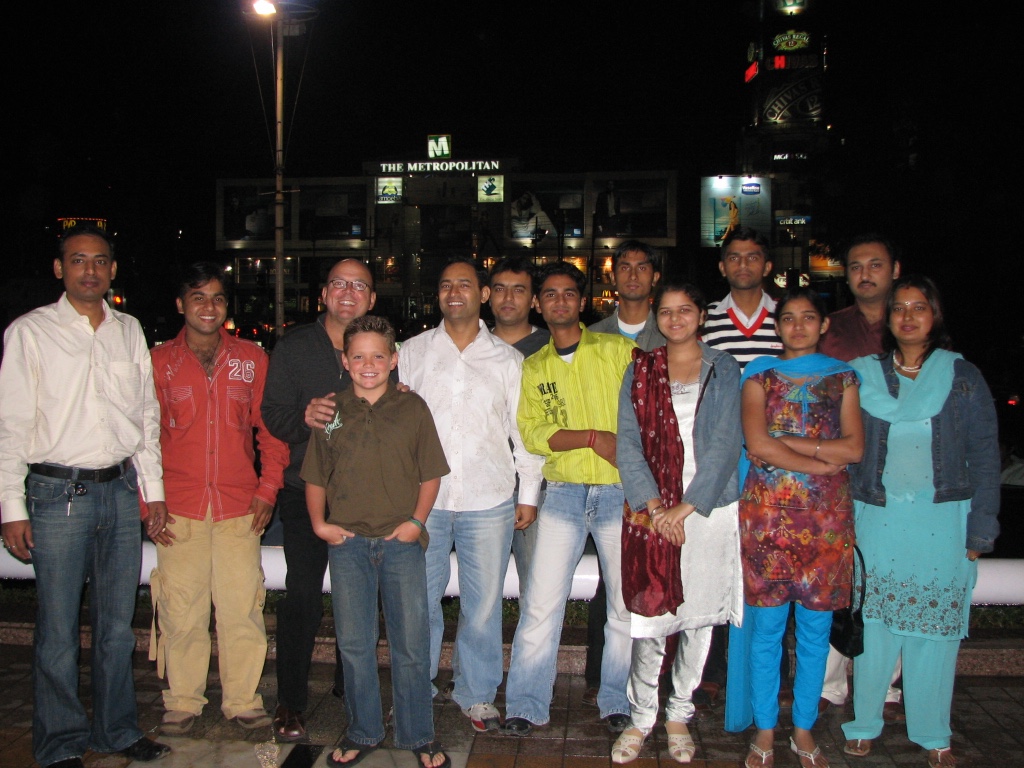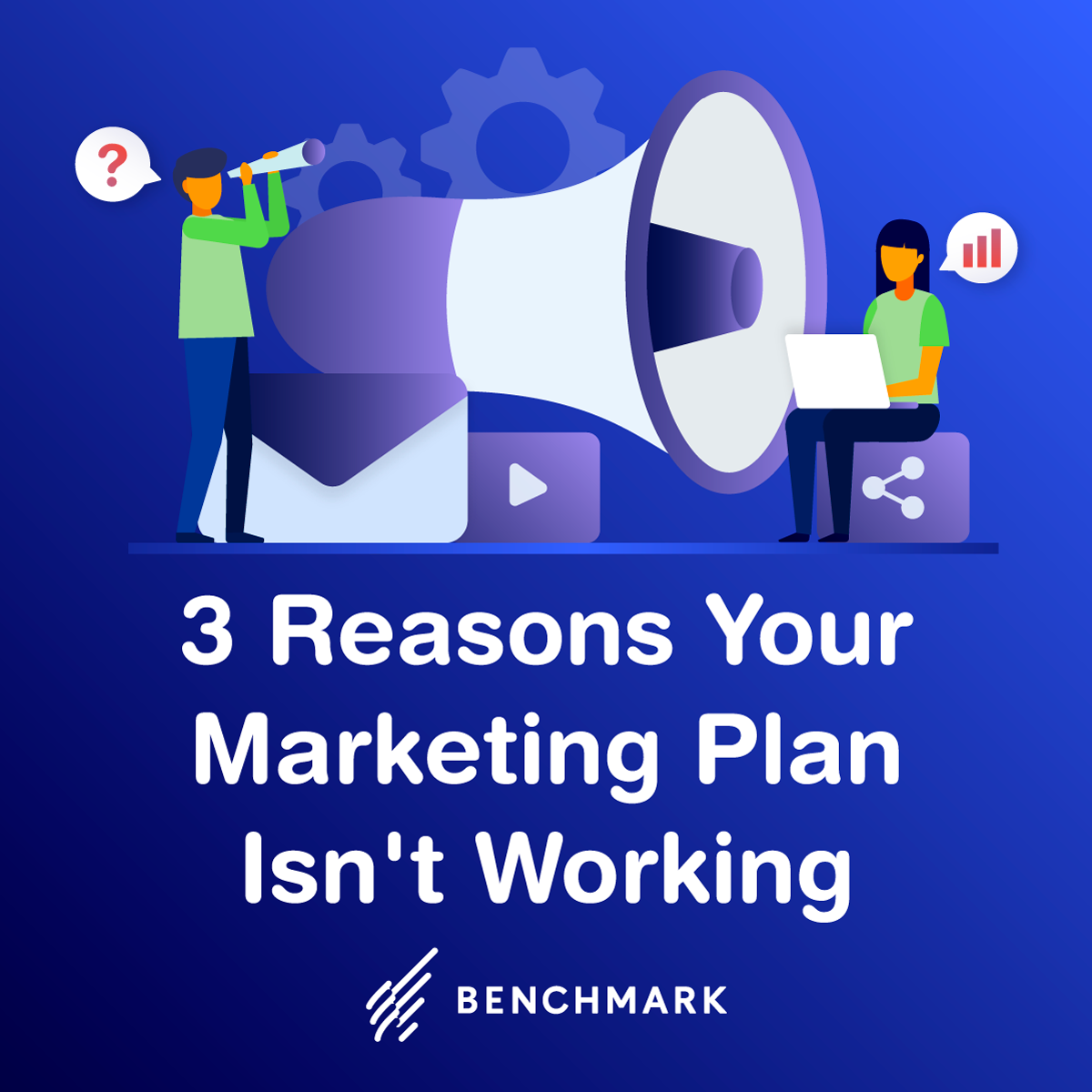
In the early days, questions of sales and support and who would handle them needed to be answered. I knew it would not be easy. Thankfully, I was able to find the person for the job.
Our support consisted of email and chat support in the first year. Virender was our lone support agent. We found him through chance after testing with some miserable results a few other choices. He possessed the qualities we were looking for, honesty and integrity, with a super strong work ethic and of course the communication skills that were required. He has proved to be one of the smartest things we ever did at Benchmark. He worked tirelessly for 12 hours per day, six days a week, responding to chats and emails. Any phone calls we handled locally, but eventually, he handled those as well.
In 2006-2007, we saw more of the same. Eventually, we opened an office in Gurgaon. Again, I wanted to keep it inexpensive. Our early office did not even have A/C. If you have ever been to the Delhi/Gurgaon area, you know all about the relentless heat and dryness … until the welcomed rains come, which kept coming later and later in the year and lasting shorter and shorter.
We added the A/C in relatively short order to keep the sanity and peace. However, now we had to deal with power outages that would last many hours at a time (sometimes more than 8 hours). Next, we got a battery backup system, but then our batteries were getting drained. So eventually we moved to a location that allowed us to use a diesel generator, but then we were running out of fuel. Our office boys would run down and get fuel to fill up our generators, all while managing daily chores with all the other requirements of trying to grow and manage an office in India. Eventually, of course, we moved to a more modern and expensive facility where all these basic utility necessities were taken care of.
One question you might ask is how did India Sales develop? I think in the first 3-5 years, we did not even attempt to sell our services in India as we were so focused on support for the US. In addition, following email marketing best practices was not widely practiced in India. Truth is, it was not practiced that well in US much either. However, India was a bit more wild in terms of harvesting or purchasing lists and we had to be careful. Since then it’s gotten much better, but we still have to be on alert.

Our sales & support team in India would soon grow to what you see here, but Virender is there front and center (in the white shirt).
The fact that Virender was our only support person for a while is a testament to his hard work and trustworthiness. The time difference between Delhi and California varies from 12 to 13 ½ hours depending on Daylight Savings Time. This put a lot of stress on Virender, as he was basically working from 6:00PM to 6:00 AM, six days a week. Not an easy chore. Eventually, we added more people to help Virender. As mentioned earlier, one of the reasons we decided to support and develop from India was due to cost. Back in 2005-2009, we were able to hire college graduates who spoke and wrote pretty good English for $200-$400 per month (wow!). These savings allowed us to be profitable from the very beginning.
Some early technology support questions we needed to sort out include how and if we were going to provide phone support from India. Two issues we faced here were the heavy accent and doing voice over IP, which was not as refined back then. We did get some complaints, but I think that was balanced by the professionalism and extreme courtesy our representatives gave our customers. One thing about the Hindu culture is they take pleasure in doing a good job serving their customers, especially when they are western. In my next blog, I will identify more challenges and talk about the move to a more global company.




